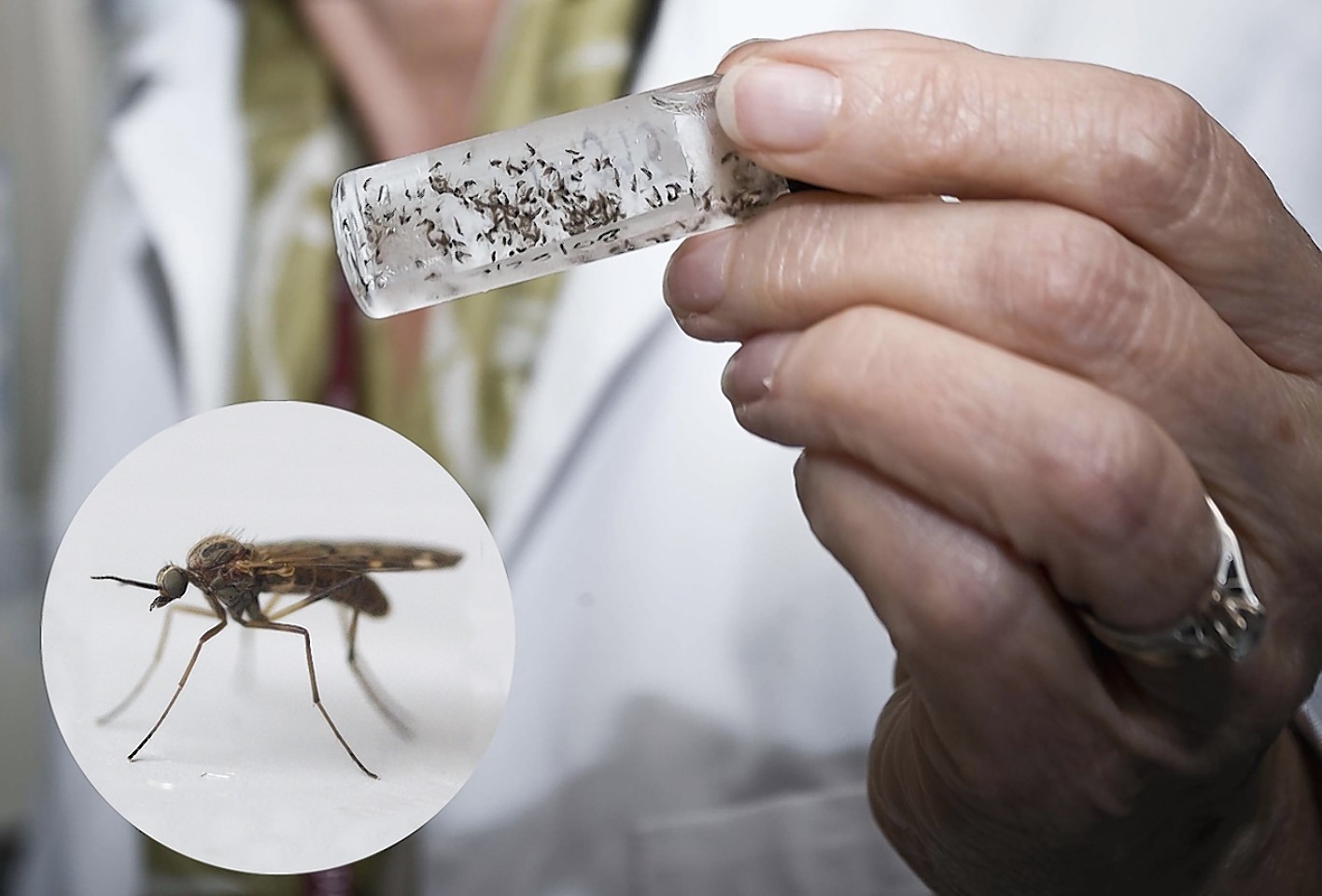A bumper crop of midges is forecast for next summer after higher than usual numbers this year and an extra hatch of the biting beasties.
The world’s leading expert on culicoides impunctatus – the scientific name for the Highland biting midge – explained that, the more midges there are to lay eggs at the end of the summer, the larger the first emergence will be the following spring.
Alison Blackwell, director of Edinburgh-based Advanced Pest Solutions, which runs the Scottish Midge Forecast, said numbers were significantly higher at most of their trapping locations across Scotland this year, compared to last year.
In Scotland, midges spend the late autumn and winter as larvae, living below the soil surface. They begin to emerge as adults in May and June the following year, encouraged by lengthening days and warmer temperatures.
These adults lay eggs that develop relatively quickly to give a second emergence of adult midges in late July and August.
And a prolonged spell of warm, damp weather in August can lead to a third hatch in September.
Ms Blackwell said: “Our catches are really low now, but we are still catching a few and people are still reporting that they are being bitten, so we must have had three generations this year.
“We’ve had much higher numbers nearly everywhere this summer due to warm wet weather coming at just the right time.
“However, it has been so dry over the last few weeks that the numbers have dropped off quite significantly now – but we should have a big over-wintering population.”
She added that winter weather conditions would not have much of an impact on the size of the first hatch as the larvae are “pretty resilient” to low temperatures.
“Much more important will be the weather at the start of next year’s midge season.
“Warm, wet weather in the spring will maximise the first emergence,” said Ms Blackwell.
At Crarae, in Argyll, the number of midges caught rose from 3,555,969 in 2013 to 6,780,800 this year, which was an increase of 91%, and at Gairloch, in Wester Ross, catches were up from 1,388,608 last summer to 3,912,064 – an increase of 182%.
Ms Blackwell added that the Gairloch trapping station was the only location in Scotland that was still catching midges.
